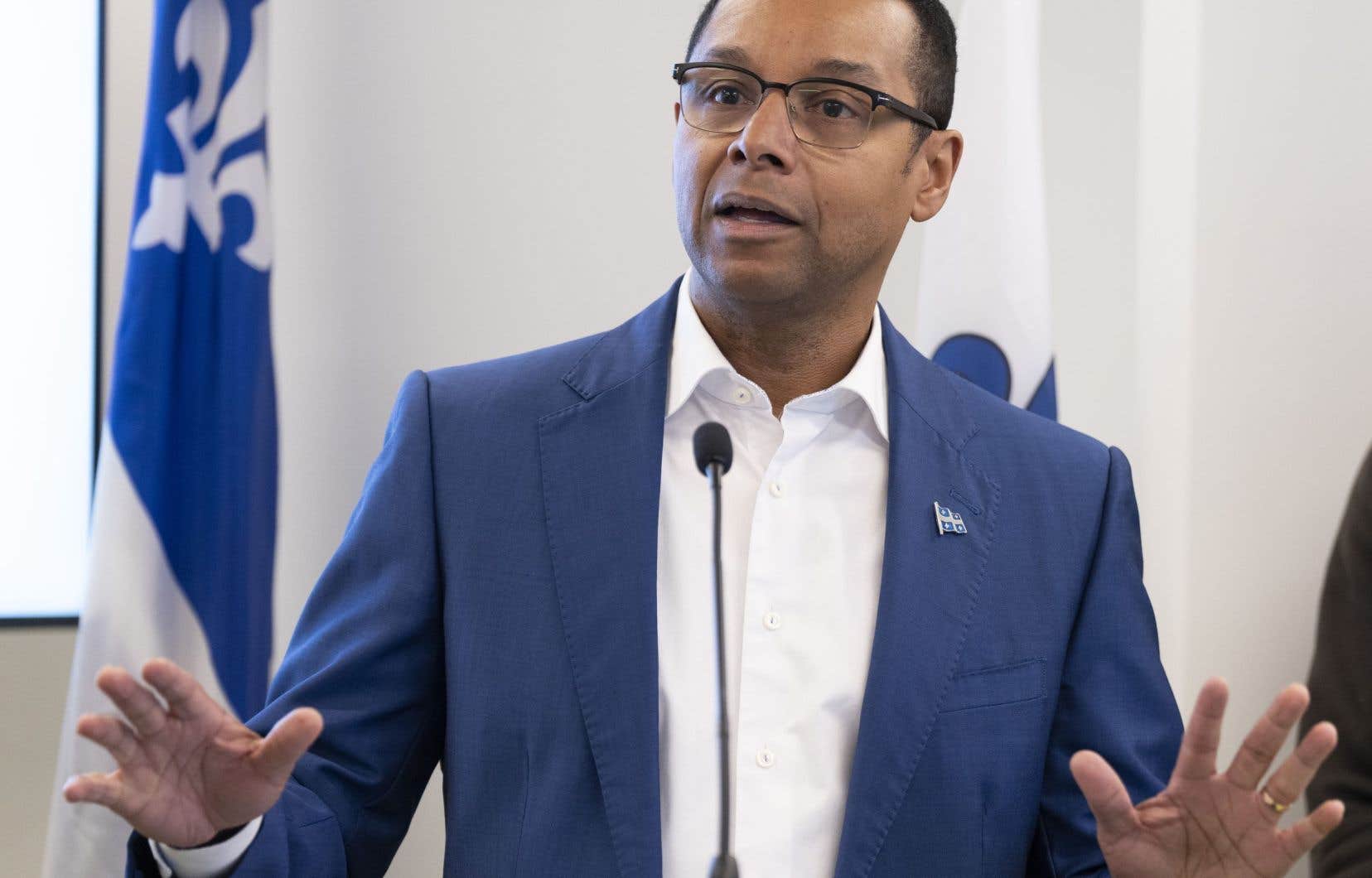Minister Lionel Carmant wants CLSC doctors who treat people with drug addiction and mental health problems to be better paid. A subject that will be included in the next negotiation with general practitioners, he promises.
“For those who deal with addiction and mental health, we need to remove the wage barriers,” said the Minister responsible for Social Services during an interview with The duty. “That is certainly one of the issues at stake in the upcoming negotiations.”
The Fédération des médecins omnipraticiens du Québec (FMOQ) and the government signed an agreement in June on the frontline access window (GAP). However, they must now tackle the framework agreement on remuneration, which expired on March 31, 2023.
The last agreement was concluded in 2017 by the Liberal government and its President of the Treasury Board, Pierre Moreau.
According to Lionel Carmant, under current conditions, a family doctor who treats a person for drug addiction will not be paid any better than if he were seeing a patient for an ear infection.
This question is crucial for the minister because he wants to attract more doctors to CLSCs in order to relieve pressure on emergency rooms. The Barrette reform has driven too many doctors away from CLSCs, but also professionals, such as social workers, who have gone to family medicine groups (GMF), he argues. The problem is that the most vulnerable patients, such as homeless people, do not go to GMFs.
“We are forced to rebuild access through CLSCs, which are truly the gateway for many people, including the most vulnerable. […] What we see is that family doctors interested in mental health want to do it in CLSC with the team around them.”
$98 per hour
But in fact, how much does a general practitioner in a CLSC earn on average? There is no simple answer to this question, warns the president of the Association of CLSC Physicians of Quebec, Philippe Melanson.
The latter estimates that there are approximately 2,000 general practitioners working in CLSCs, but “many” do so part-time. On average, a family doctor in Quebec earns $200,582 per year, but the differences are very large.
In CLSCs, some are paid per act, but the majority are paid by the hour, adds Mr. Melanson. It must also be taken into account that they also receive various packages and bonuses depending on the types of patients and illnesses.
“The problem is that the hourly rate has not changed for years. The hourly rate has remained at $98. Let’s face it, any call from a plumber costs more than that. […] It’s almost like being fooled, staying at that price.”
Doctors who treat so-called “vulnerable” patients also receive a bonus per quarter or per year. “Normally, it’s around $50 per patient,” says Melanson, who says that’s not unreasonable.
But, overall, he says he is “convinced” that “the fact that the pay is lower in CLSCs plays a role in attractiveness.”
Furthermore, beyond the salary, he believes that he and his colleagues need to improve their working conditions. “There are CLSCs that don’t even have a secretary. Doctors have to fax their own stuff. The examination tables are outdated, many offices haven’t been renovated since the 1970s… If we’re talking about attractiveness, that ends up weighing in the balance.”
A point of view shared by the FMOQ, which represents them in the major national negotiations with the government. According to a spokesperson, working conditions are the main demand for CLSC doctors.
Offer all services in one place
As revealed The duty In April, the Legault government wants to restore the importance of CLSCs by offering more walk-in services.
Minister Carmant first wants marginalized people who come to the center to be able to be treated quickly for all of their problems. “Before, everyone sent them to the emergency room. Whereas now, they are taken to the regular services and they don’t necessarily need to see a doctor. This allows for full services at the CLSC. This allows the person to have all of their services here and to be referred to mental health if they need it.”
So far, two CLSCs already offer this type of service in Montreal: the CLSCs of Visitation and Hochelaga-Maisonneuve.
“We’ve had it in place for a few months,” explained Jonathan Brière, deputy CEO of the Integrated University Health and Social Services Centre of East Montreal, during a recent visit to the CLSC in Hochelaga-Maisonneuve.
Managers say they have achieved this without adding staff and without reducing services elsewhere. The allocation of time slots has been “reviewed”, in particular by transforming appointment periods into “walk-in” periods.
“For people who have bandages and who come every week, maybe we can move them back a little to do walk-in care,” Mr. Brière gave as an example.
The government has given itself until 2025 to offer this service almost everywhere, in each of the 93 local service networks. For example, there are 8 in Bas-Saint-Laurent and 11 in Montreal.
